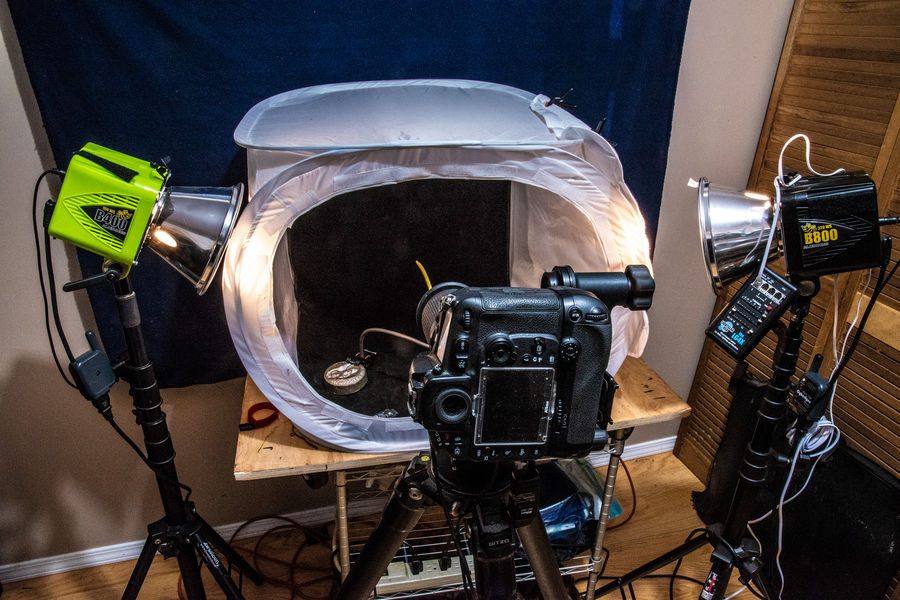Lightbox backdrop question
Aug 28, 2021 08:55:40 #
rplain1 wrote:
It is a Godox ligthbox 33x33x33 with LED lighting. What I am dissatisfied with is mostly the lack of flexibility of the backdrop. The clips will not hold it in place. There is some reflection from the surface which I can get rid of in Photoshop but I would just like to replace it with a fabric if possible. I photograph various objects for still life photography (not for product sales). I don't need diffusion material - the LED lighting is fine. It is just the background I am concerned about.
From what I see you will always have trouble no matter what you use for a background.
It looks like the entire interior of the Light Box is a reflector and you have little to no control over light spilling onto your background, thus showing any texture or imperfections.If you want the background to show solid black or another color you need to control the light!!!!
I use a light tent with two strobes on the outside ( these could be led lights just as well), but by being able to move them I can control where the light goes.
I bought this Light Tent used a couple of years ago because a lady in my area didn't know how to use it, It came with with three or four backgrounds different colors flat on one side and shiny on the other, I have only used the flat black side. I have another much larger tent that I very seldom use due to its size. Attached is a photo of my set up.
Aug 28, 2021 09:08:46 #
pendennis wrote:
Felt is a good fabric as others have mentioned. I... (show quote)
Thank you. Hadn't thought of velvet but I had considered felt and muslin. The box is lit by three strips of LED lights at the top of the box on three sides. The backdrop comes down the back and across the bottom. Right at the curve as it reaches the bottom is where I get reflection with the canvas material that came with it.
Aug 28, 2021 09:17:02 #
Manglesphoto wrote:
From what I see you will always have trouble no ma... (show quote)
Actually the interior of the box is a diffuser to scatter the light. The LED strips are controlled with separate intensity controls (dimmers). More than the one area of reflection I get, I just would like something more flexible than the heavy canvas that came with the unit. While I would like perfection, I can get rid of the reflection with Photoshop.
Aug 28, 2021 11:43:31 #
rplain1 wrote:
It is a Godox lightbox 33x33x33 with LED lighting.... (show quote)
The concept of a lightbox is based on a fixed lighting effect, generally, on an item "floating" on a white or solid small cyclorama kinda background. If the light source is external to the box, you will have some control of directionality whereas if it is built into the box, there will be less, if any and fine control. A degree of diffusion is usually designed into the box, especially if the light passes through the box from an external source.
In a small confined space with the interior surfaces are made of white or metallic reflective material, the light bounces off all the inner surfaces of the box and much of this bounce light will strike the background from various angles that will reveal its texture. Unwanted reflections from the background and possibly the item being photographed will be beyond control because you have no control over the angle of increase. With all that light bouncing around in the box, you can not isolate the background in order to lighten or darken it independently of the subject. There is no enough space to facilitate the use of a gobo or flag to keep light off the background, especially the kind of side lighting that reveals texture and defects in fabrics.
So, you end up trying to correct those unwanted reflections and background details in post-processing which is tedious and usually not all that effective.
Control over background rendition is also influenced by the distance between the subject item and the background, the degree of depth of field or lack thereof. There is not sufficient space in the bix to fully manipulate all the elements.
Solution- GET OUT OF THE BOX! The box is fine for what it intended and designed for a quick system for a simple shot of an item in a solid, usually white, background. It is no difficult to create a mini-studio type setup with your LED lig source, some diffusion material and a few reflectors. You can aim the light(s) strategically to control modelling, reflection control and background rendition. A softbox modifier fitted to your light source and a few homemade reflectors can do the job.
Yet another approach could be to construct a simple cyclorama type light table made of white Plexiglas wh can be transilluminated with white or coloured light to create your backgrounds.
If you continue to use the lightbox but are dissatisfied with its construction as to the background support, you will have to consider some modification or improvisation to shore up the frame and add some clips or other fasteners to hold materials in place.
It does no matter if your photography is for commercial product illustration or strictly for artistic still-life work. Understanding the principles of light control will be beneficial.
I hope this helps.
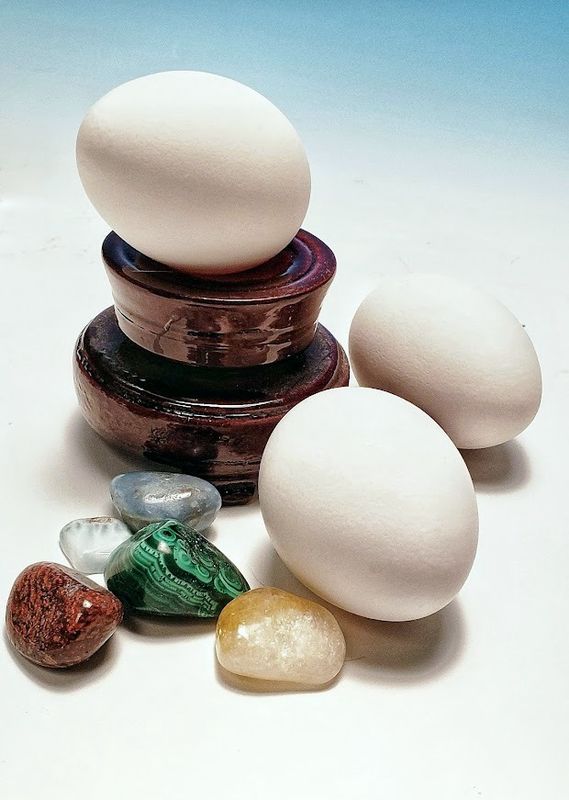

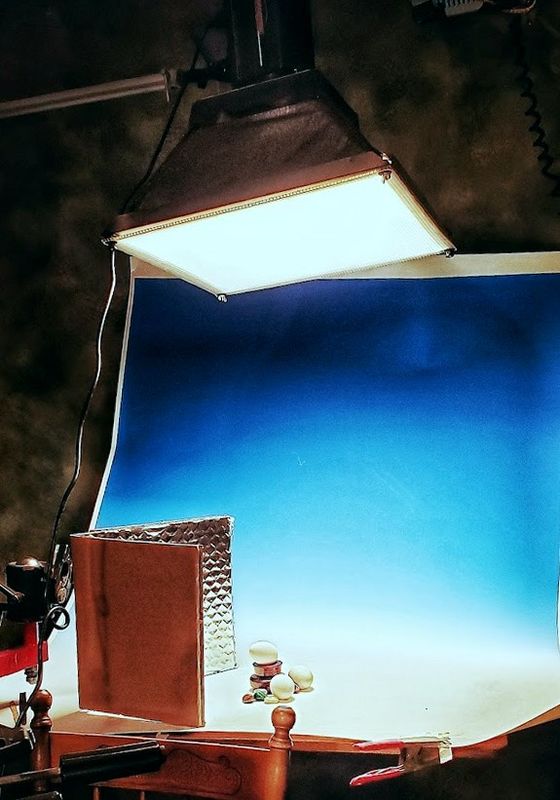
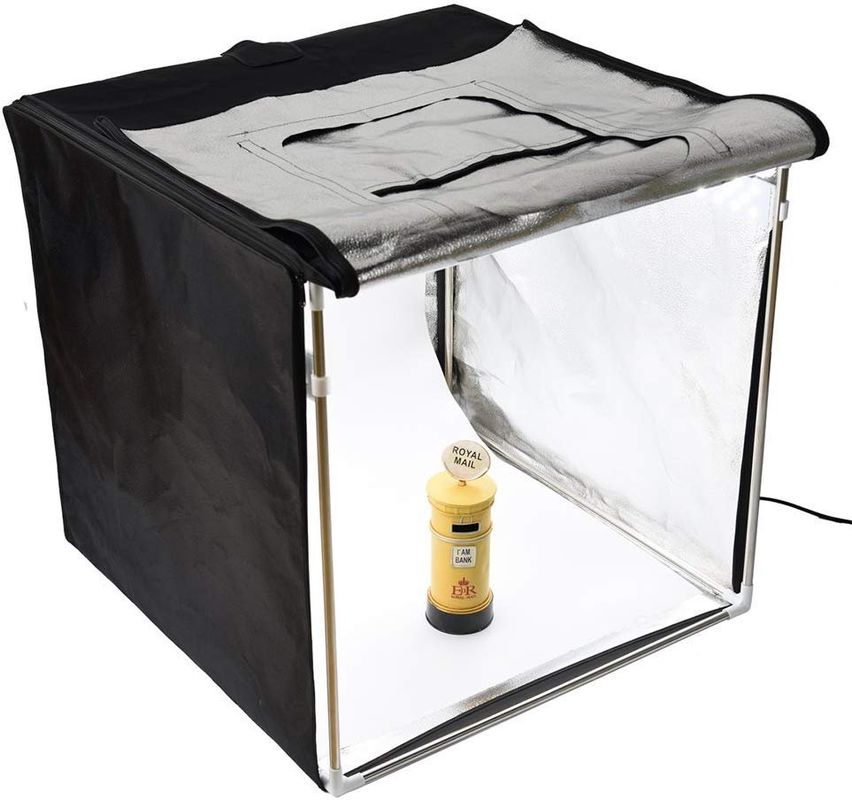
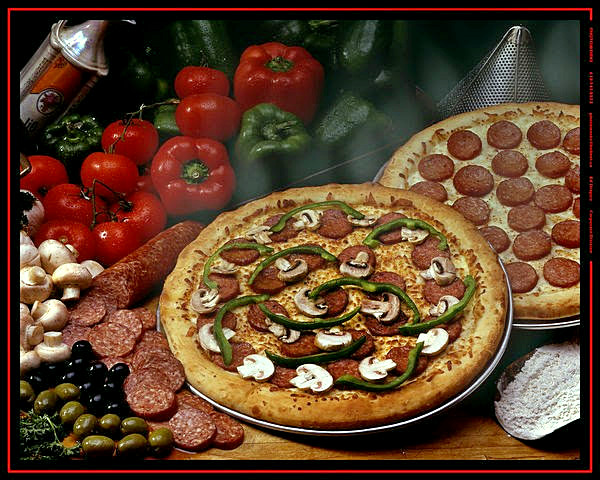
Aug 28, 2021 12:58:37 #
I work in fast paced, high volume product photography using backdrops all the time (these are for online auctions). We use both fabric and heavy rolls of paper. Anything will get dirty and collect fibers. With the fabrics we eventually put them through the washing machine, for the paper we unroll more and cut off the soiled part. Felt, velour and velvet while excellent at providing a non-reflective backdrop will all be dirt and fiber magnets and you will spend time "grooming" them to get rid of unwanted junk. Another poster said go to the fabric store and I am pretty sure you will find what you need there. Just look for heavy fabrics that are de-lustered or flat colors. I have found man-made fabrics provide less texture than say wool or cotton fabrics. While you are making your choices don't disregard using shaped plastic (a cyclorama) as your continuous as it is easy to clean with a spray bottle of Windex and holds up well as long as you are careful about scratches. For a flat black field, just spray paint it with flat black and refresh the paint when the surface becomes worn. With your using the light box you will not spend a fortune experimenting with various fabrics, just think about it as an investment in your professional development. Using colors other than flat black or white can add interest to your photos but keep in mind those colors will want to affect the perceived color of your primary [photographic subject. With your box being small I'd go buy a variety of small swatches and give them a test run. Once you decide on a specific fabric I would make sure I had three or four of them so I can simply swap them out on the shoot instead of taking the time to clean them. Later pop them in the laundry. For our operation throughput is king and we don't do anything that will slow down the shoot. Good luck.
Aug 28, 2021 13:05:18 #
E.L.. Shapiro wrote:
The concept of a lightbox is based on a fixed ligh... (show quote)
Thank you for sharing your knowledge on this thread! I find this very helpful!! I've taken a few pictures of toys at our local history museum, and some of them are way too big for the lightbox. Your suggestions and illustrations/photos of the setup are very helpful. Thank you! I hope the op finds it helpful, as well.
Patty
Aug 28, 2021 13:35:13 #
rplain1 wrote:
I have a Bodox lightbox which came with canvas backdrops. I would like to replace them with fabric and need advise on what fabric to use. Need one that will not be reflective and will not show any texture. Am currently considering muslin but any help would be appreciated.
Black Velcro Veltex is used on trade show booth walls so marketers can attach virtually anything. But it is SUPER light-absorbing. Many years ago, I bought a roll of it to use on my copy stand at work, and as backdrops for portraits. Here's a link:
https://www.industrialwebbing.com/velcro-brand-veltex-loop-fabric/
Aug 28, 2021 13:46:15 #
E.L.. Shapiro wrote:
The concept of a lightbox is based on a fixed ligh... (show quote)
Great discussion of the challenges of "product" photography and the use of light. You are exactly right on how the interior of the light box will scatter light and may work against you. The vast majority of my work is outside of the studio and I have to admit there were many times at cluttered locations when a light box would have been a lot more handy than my usual backdrop stands and shooting table setup. I did make one for shooting jewelry and colored gemstones but that was to completely eliminate any color pollution from the room and my own clothing.
In my response to the OP I mentioned our process and selection of backdrops. None of our photos were done in a lightbox, all small objects are table top with a sweep and good diffused continuous light. Your photos really help the new shooter to start thinking/shooting outside of the box.
Aug 28, 2021 14:04:37 #
rplain1 wrote:
It is a Godox ligthbox 33x33x33 with LED lighting. What I am dissatisfied with is mostly the lack of flexibility of the backdrop. The clips will not hold it in place. There is some reflection from the surface which I can get rid of in Photoshop but I would just like to replace it with a fabric if possible. I photograph various objects for still life photography (not for product sales). I don't need diffusion material - the LED lighting is fine. It is just the background I am concerned about.
ELS has a good grasp of your issues here. I think what you are finding is the challenges that separate great product photographers from the wannabes (like me). Controlling light is essential and is accomplished by using scrims, gobos and flags to block, modify or direct light. While I'd like to use these in my own work, the job just does not allow enough time for setting up the perfect lighting for each item, and in your light box you will have very limited space in which to set these modifiers. A big problem with light boxes is how close the backdrop vertical is relative to your item. I will only use my shop-made box for jewelry, coins or other similar very small objects. All that said, if you set up the light right and get the proper backdrop the box can really help getting great results.
Aug 28, 2021 14:13:28 #
Lots of good ideas here. Couple of thoughts.
1. Is the seam where the bottom of the box meets the back wall of the box an issue?
If so, you need a cyc -- continuous piece from bottom to back wall with a curved upswing. (not a sharp crease)
2. Is the back wall just too close? If so, maybe remove and replace with a black velvet
or black (non reflective) foam-cor 2 or 3 feet back from the box.
3. Is there just too much light and light scatter? Maybe some "flags" or black tape on
the LED lights to help give the light some direction off of the reflective areas.
4. Define the "issue". Once defined, construct possible solutions.
1. Is the seam where the bottom of the box meets the back wall of the box an issue?
If so, you need a cyc -- continuous piece from bottom to back wall with a curved upswing. (not a sharp crease)
2. Is the back wall just too close? If so, maybe remove and replace with a black velvet
or black (non reflective) foam-cor 2 or 3 feet back from the box.
3. Is there just too much light and light scatter? Maybe some "flags" or black tape on
the LED lights to help give the light some direction off of the reflective areas.
4. Define the "issue". Once defined, construct possible solutions.
Aug 28, 2021 14:23:28 #
“I have a Bodox lightbox…” Bob possibly wrong tool for your perceived visual statement…
Light tents; boxes etc are ideal for high key renderings were you blow out the BG.
“Some (felt) I looked at showed some loose fiber which I was concerned about.” Bob if you seriously want to “eliminate” background texture then read Ed Shapiro's replies… Ed nailed this…
“I know that with time and effort I can get rid of defects in Photoshop…” Bob PP is a mediocre substitute for failing to light with enough finesse to handle all the issues you have mentioned.
There is a publication called “Light Science & Magic” that nearly all commercial product photographers have… Get this book! Also Dean Collins published a number of videos on product photography decades ago. They are priceless… Get them if you want to do commercial studio work.
Ok, Bob I’m short on time… So below is what I use in my studio (which is entirely flat black and has a Silk Black Velvet background)…
Hope this helps… btw you’ll find far more advanced commercial photographers on IG…
And on IG most togs will answer queries (provided you have an outstanding IG feed)… Again just a though…
Best wishes for much success on your commercial photography journey Bob.
.
Light tents; boxes etc are ideal for high key renderings were you blow out the BG.
“Some (felt) I looked at showed some loose fiber which I was concerned about.” Bob if you seriously want to “eliminate” background texture then read Ed Shapiro's replies… Ed nailed this…
“I know that with time and effort I can get rid of defects in Photoshop…” Bob PP is a mediocre substitute for failing to light with enough finesse to handle all the issues you have mentioned.
There is a publication called “Light Science & Magic” that nearly all commercial product photographers have… Get this book! Also Dean Collins published a number of videos on product photography decades ago. They are priceless… Get them if you want to do commercial studio work.
Ok, Bob I’m short on time… So below is what I use in my studio (which is entirely flat black and has a Silk Black Velvet background)…
Hope this helps… btw you’ll find far more advanced commercial photographers on IG…
And on IG most togs will answer queries (provided you have an outstanding IG feed)… Again just a though…
Best wishes for much success on your commercial photography journey Bob.
.
Black Texture Camera surface detail on a Black Velvet BG... Not a problem to light... If you have the room...
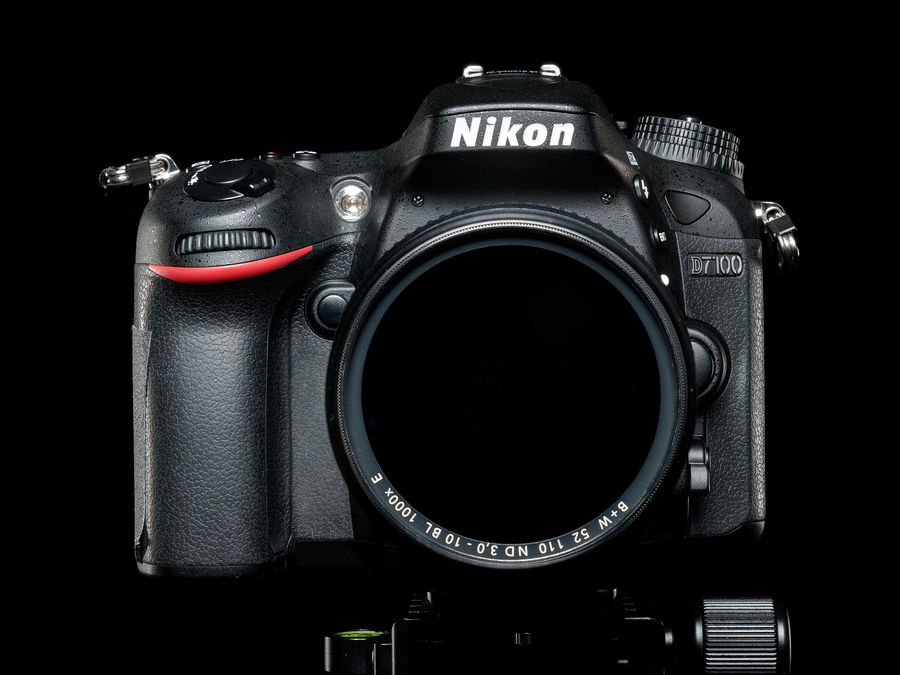
(Download)
Aug 28, 2021 14:48:58 #
Thomas902 wrote:
“I have a Bodox lightbox…” Bob possibly wrong tool... (show quote)




RIP Dean Collins. I learned lighting from him. He was one of the most practical, no-nonsense people I've ever met.
Aug 28, 2021 17:48:54 #
burkphoto wrote:



RIP Dean Collins. I learned lighting from him. He was one of the most practical, no-nonsense people I've ever met.




RIP Dean Collins. I learned lighting from him. He was one of the most practical, no-nonsense people I've ever met.
Dean left us way too soon! I loved and practiced his "Chroma-Zone" theory. He was a great shooter and an awesome teacher. I took in many of his seminars.
For those who did not know him, here's a nice read:
https://www.tricolorlab.com/blog/blog_posts/dean-collins-master-of-light
Another great guy who sadly passed away at an early age is Peter Nicastro. He was a master portrait photographer and teacher who wrote a series of books on the dynamics of light. I had a great deal of his material including a complete audio-visual slide show that somehow was lost during a move. Unfortunate, this link is the only research I could find online:
https://www.worldcat.org/identities/lccn-n80-32799/
The elementary and essential basics are no longer addressed by many teachers, courses and programmes. As a result, there are a lot of photographers who want to create visual poetry but have not leanned to write and spell yet. Many seek to solve or address their lighting issues by continuously changing up their equipment when all they need to do is change up their technique.
Aug 28, 2021 18:08:06 #
PattyW60 wrote:
Bob, I like to use black velvet as a backdrop. I also keep a lint roller nearby to clean up any stray particles that might find their way onto the fabric. Usually only notice those things when I'm shooting macro!
I've also had good results with black velvet.
Aug 28, 2021 18:16:35 #
If you want to reply, then register here. Registration is free and your account is created instantly, so you can post right away.

